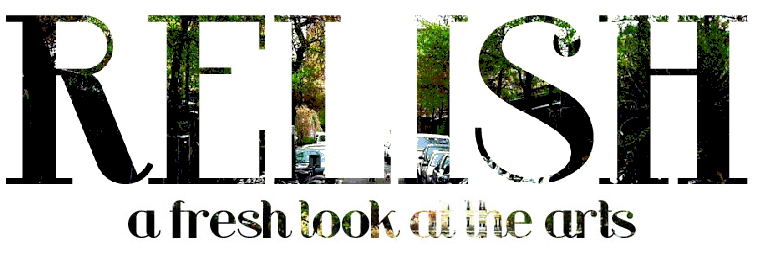Biodegradable isn’t a word often associated with works of Art. Usually artists want their masterpieces to last, so crowds can appreciate them for years to come. Or, so their fame or notoriety transcends time and death. Works of art should carry forward ideas, trends and socio-political contexts. Vast swathes of time, modernity, conservatism or rebellion can all be communicated within a single picture frame. This was not, it seems, Dieter Roth’s agenda throughout his career.
 |
| Gartenskupltur (1968) |
Born to Swiss-German parents in Hannover (b.1930-d.1988) Karl- Dietrich Roth used amongst other materials, books, newspapers and cheese (yes cheese) to create work that both fascinated and disgusted the public. He flitted between working alone and large collaborations with other members of the NYC Avant-Garde movement ‘Fluxus’- the basic concept of which being ‘anything can be art and anyone can do it’. But Roth famously distanced himself from the main man of the movement, George Maciunus. So why am I picking this obscure artist from the abyss all of a sudden? I took a trip to Hamburger Bahnhof- Museum of Modern Art in Berlin a week ago, that’s why.
Rather than tell you why you should go (you should), discuss the quality of the exhibitions (fabulous- permanent Kiefers, Rauschenbergs and Warhols) and what the atmosphere is like (lonely apart from the extremely rude staff). It’s easier to focus on one piece of work that justifies the galleries existence.
 I’ve always thought family collaborations are pretty naff, think Hanson and The Vontrapps and you might see what I mean. But the Roth’s have changed this common misconception. Gartenskulptur by Dieter and his son Bjorn developed over a 30 year period and is truly magnificent.
I’ve always thought family collaborations are pretty naff, think Hanson and The Vontrapps and you might see what I mean. But the Roth’s have changed this common misconception. Gartenskulptur by Dieter and his son Bjorn developed over a 30 year period and is truly magnificent. Think Tuscan farmhouse meets nuclear science programme and you’re on the right tracks. The looming structure fills a fifty foot square hall and comprises of hay barn ladders, rabbit hutches and burnt out TV’s. Then there are the jars, endless rows of glass jars filled with unidentified liquids and surrounded by electrical wiring. It looks like a complicated scientific experiment, or the internal mechanisms of an agricultural machine. There are also nods to nautical life, tall wooden masts rise from the sculpture and are strung with thick wire, whilst broken bottles of Campari suggest a good time ruined by a rough sea. But at the same time, the dying pot plants shoved on top of the TV’s strikes a familiar cord of shabby offices or conservatories. Amongst the plants nestle tins, clocks, screwdrivers, toys, all dusty and broken and inside the TV’s are black and white photos. Roth has, in the past, ripped the floor from his own studio and transplanted it in the middle of an exhibition, the sculpture in the Hamburger Bahnhof shares this sense of something ‘uprooted’…but what its natural habitat was is up for debate.
The beauty of the work is that it's temporary. This is a feature of much of Roth's work and one that I've rarely considered as a positive thing. The structure itself looks unstable, in fact, I’m pretty sure a large chunk of wood fell off as I took my pictures. It’s not that it has a best before date like the artists dairy product based works, but its ordered chaos could never be recreated.
www.hamburgerbahnhof.de


No comments:
Post a Comment